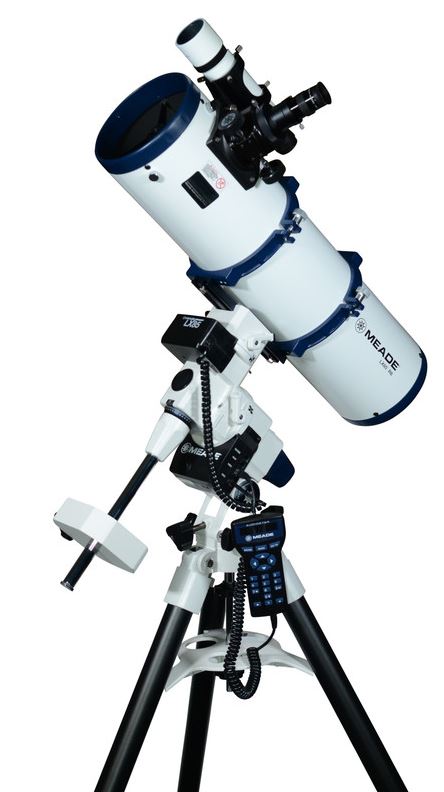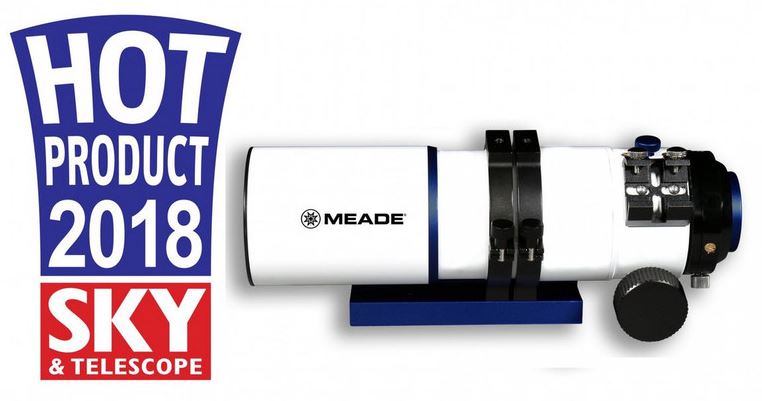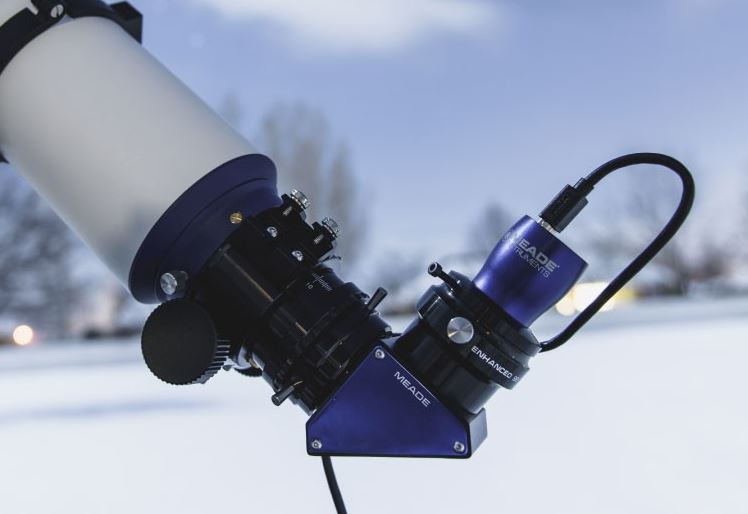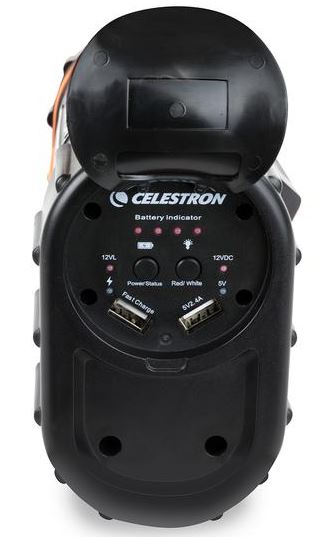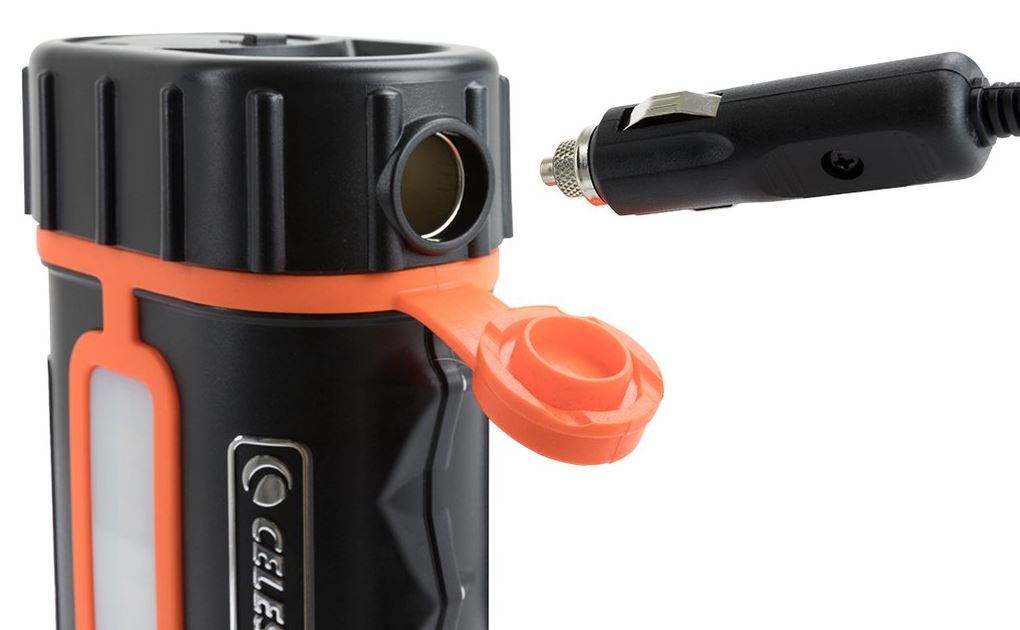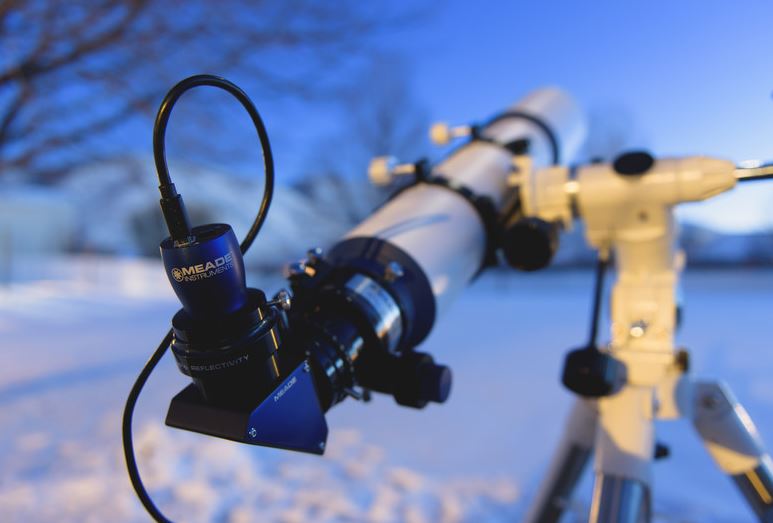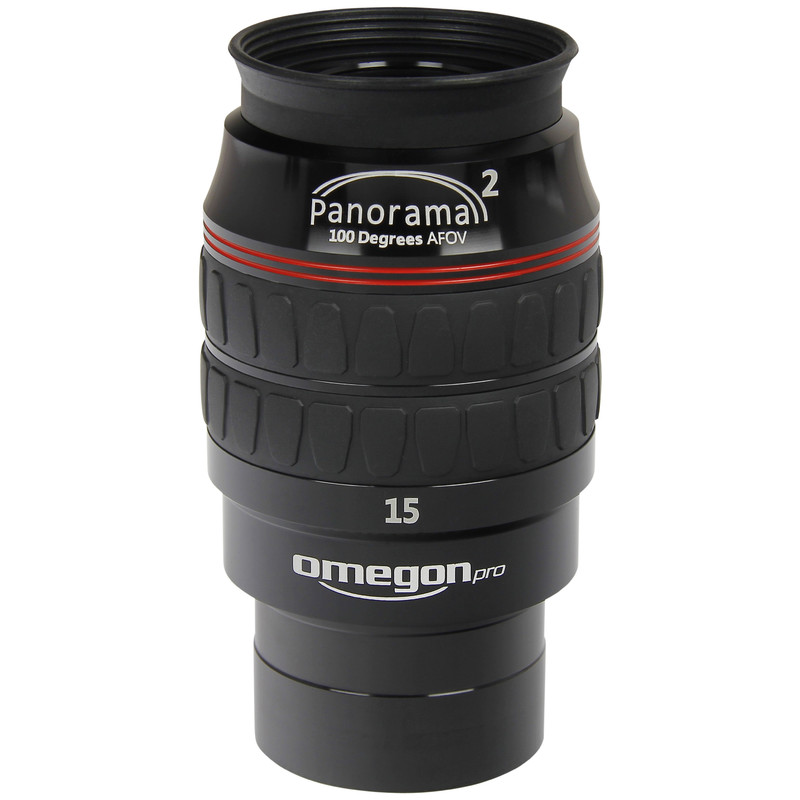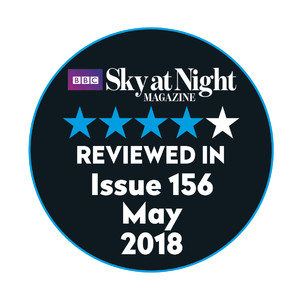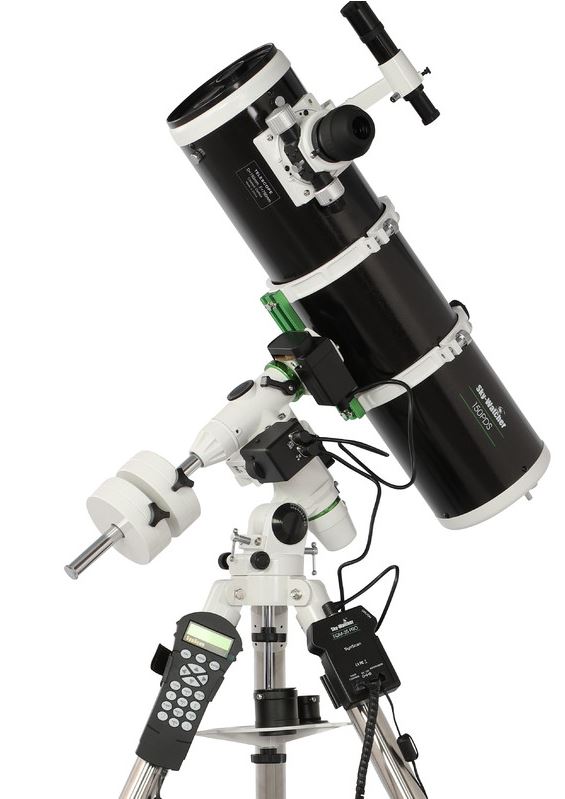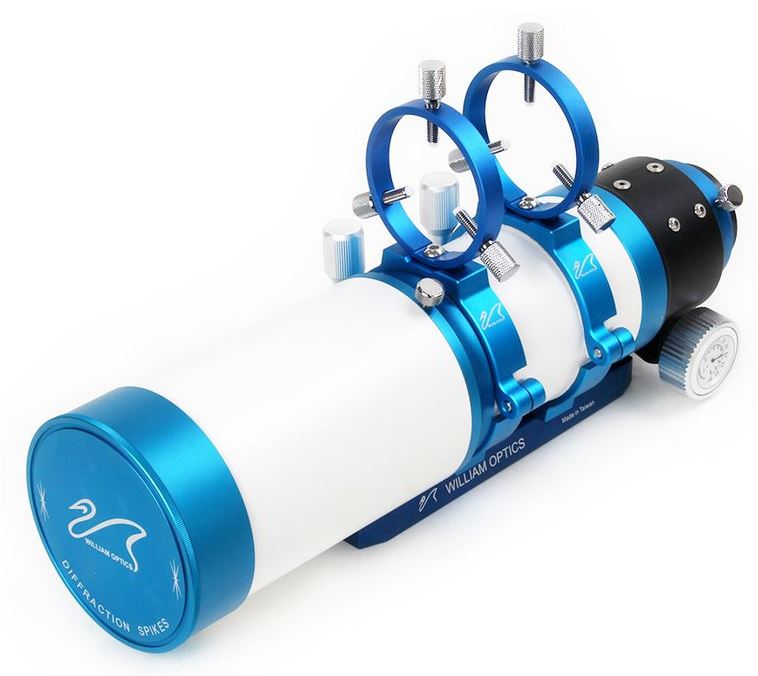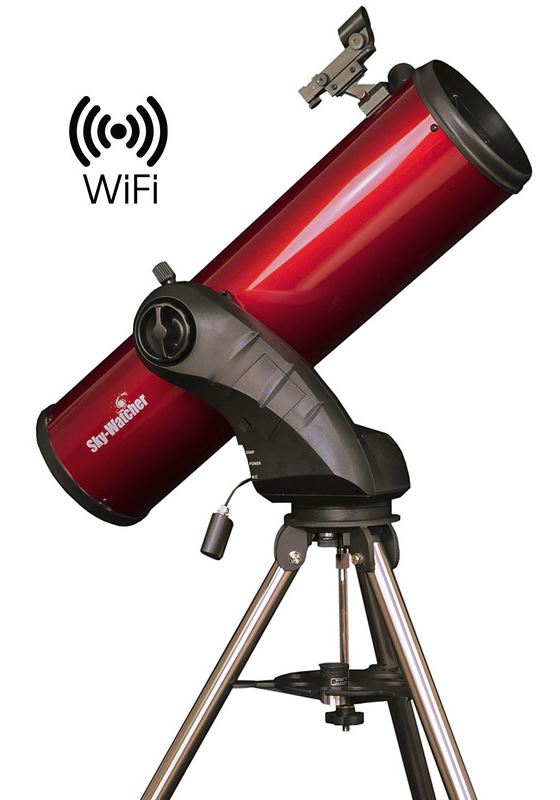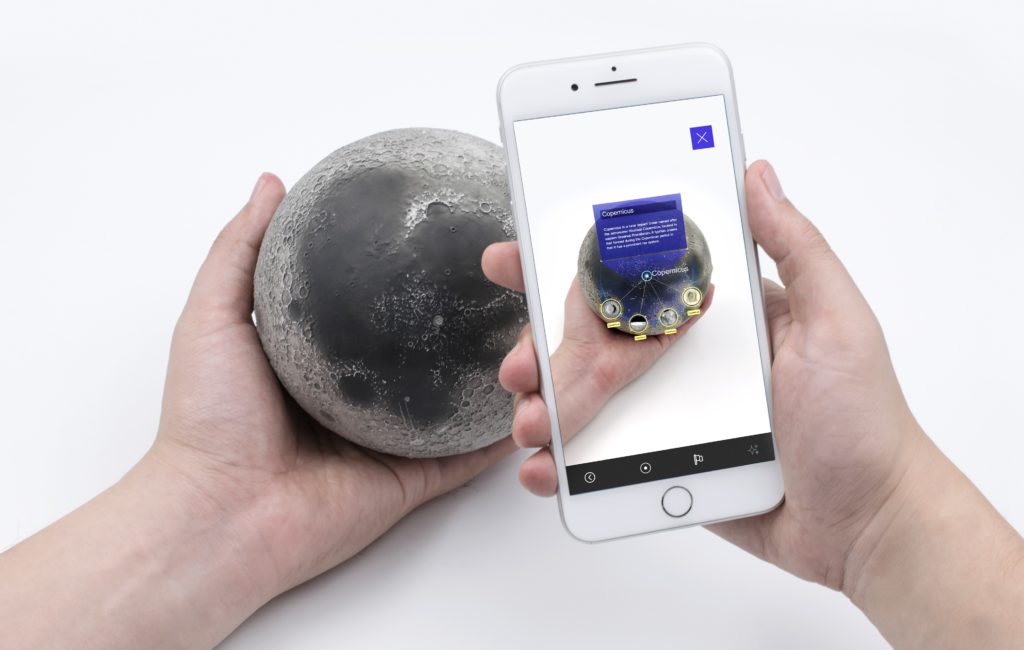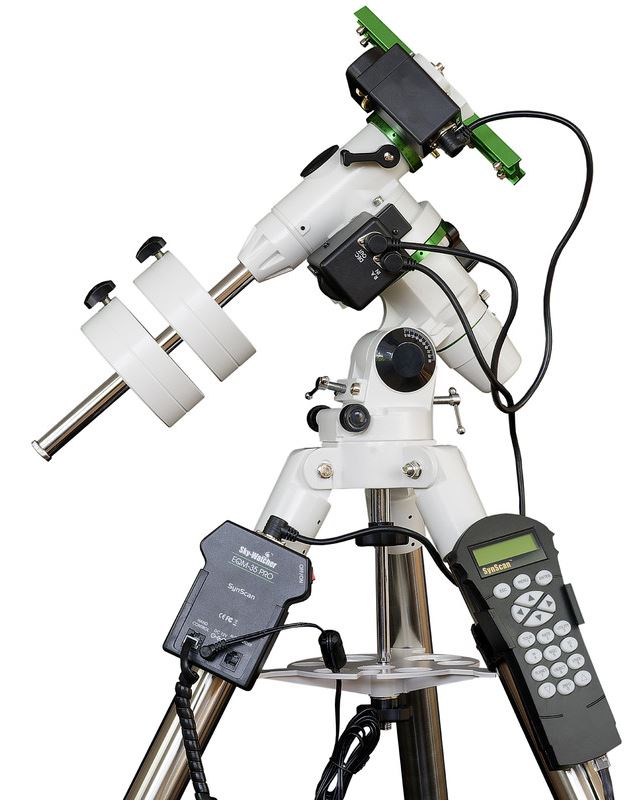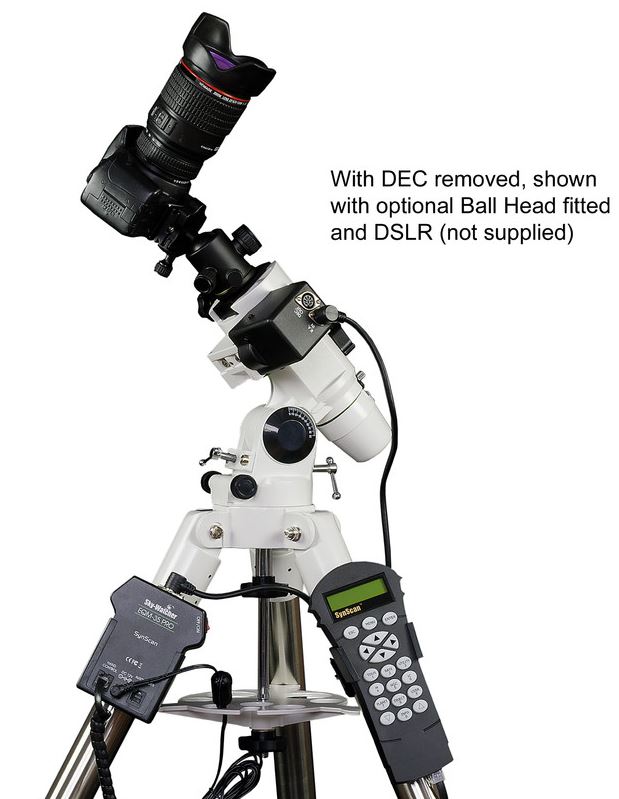The almighty has crossed the pond: the brand-new Meade telescopes of the Series LX65 and LX85.
The Meade Maksutov Telescope MC 127/1900 UHTC LX65 GoTo is immediately available and thanks to its high focal length is excellent for lunar and planetary observations. The optics capture enough light, that even far-off objects show details, such as star clusters.
As with every LX65, this telescope features an azimuthal single-arm mount, which is light, easy to disassemble and even has an integrated battery compartment. The AudioStar Handheld Controller makes it a breeze for beginners to find their way around the sky, while the database features more than 30,000 objects. Conclusion: An excellent telescope for beginners or planet specialists, who are looking for a transportable telescope.
The LX85 Series has just arrived with several models. These telescopes are delivered with the new LX85 mount. As compared to the LX65, the LX85 series features a parallactic mount. This sort of build features an axel which is parallel to the Earth’s axis, a trick which prevents the celestial objects from drifting in the telescope. Such a feature is extremely important for longer exposures in Astrophotography. The LX85 is an inexpensive mid-sized mount, which also has an AudioStar controller.
The Meade Teleskop N 150/750 LX85 GoTo is available now. Equipped with a Newton-style telescope with a 150 mm diameter, it features a parabolic mirror with 750 mm focal length. The combination of 150/750 is very popular and can be found in nearly every telescope brand. The mirror is big enough to be able to observe faint galaxies under a dark sky. The quick focal ratio of f/5 makes it great for photography.
The LX85 is also available as a Newton Telescope with 200mm Mirror. For purely visual observations, it is a great choice, while a 150 mm Newton telescope would be less ideal for astrophotography, since stability is so important in taking photos.
For friends of lens-based telescopes, we offer Achromats, namely the Meade Telescope AC 120/700 LX85 GoTo and the Astrograph AP 70/350 Series 6000 LX85 GoTo. Last but not least, we also offer something special for astrophotography, which is also available without a mount: Meade AP 70/350 Series 6000 Astrograph OTA.
This very interesting set-up for astrophotographers even received the Hot Product 2018 Award from Sky & Telescope!
Since we are on the subject of photography, we would like to share two camera tips from Meade: Have a look at version 4 of the legendary Deep Sky Imager. The cooled cameras can be used universally. The price-worthy LPI-G Cameras meanwhile are real planetary specials and perfect for beginners.
The LPI-G-Kameras can also arrive just in time for the holidays!


